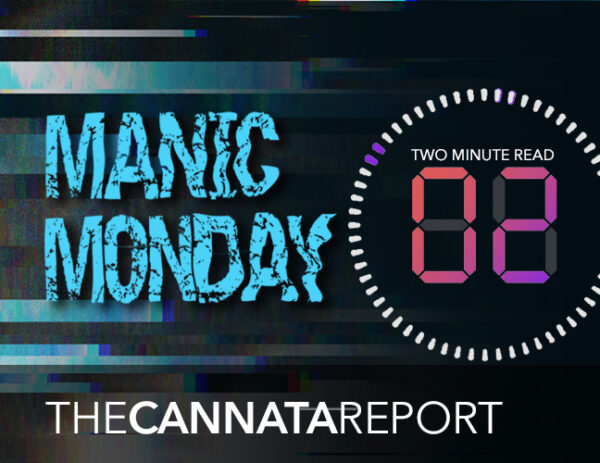Ricoh USA, Inc. has announced enhancements to its RICOH Smart Integration platform, a part of its RICOH Cloud Workflow Solutions portfolio. These new enhancements address organizations’ health and safety concerns. New features include enhanced security, reporting, device management, more robust secured document release (authenticated pull printing) as well as specialized workflows for certain legal and healthcare environments.
“When we first launched our RICOH Cloud Workflow Solutions portfolio, we focused on what our customers needed most immediately to help with digital transformation: scanning and capturing information. And today what customers need most immediately are solutions that address both workforce health and cost management. With the combination of RICOH Smart Integration’s focus on remote collaboration, access to information anytime/anywhere, and a subscription-based model, it does both,” said Steven Burger, vice president, Portfolio Management & Field Marketing, Ricoh USA, Inc.
Device-level authentication requires users to log in to individual or group-level accounts at the multifunction printer (MFP) with a password or proximity card. These distinct logins can be used in a variety of ways. Administrators can set different permission levels; for example, the marketing department could have color-print permissions, while payroll has black and white. Authentication also powers secured pull printing, which requires users to log in at the device to release jobs from the print queue, effectively eliminating the wasteful, unsecured practice of leaving unclaimed prints on the output tray.
RICOH Cloud Workflow Solutions’ legal add-on makes filing electronic documents with a court significantly more straightforward and efficient. Courts have varied, specific file limitations, including file size. This solution compares files to be submitted against court requirements and breaks them up accordingly, applying Bates labeling where appropriate.
The suite’s new healthcare add-on synergizes with electronic health record (EHR) systems to streamline patient onboarding. Medical administrators can scan a patient’s driver’s license and insurance card, and all relevant information is automatically extracted and funneled into the EHR, and supporting documents can be scanned directly to a patient record. With the Healthcare add- on, a proof-of-concept site saved between 10 and 20 hours of manual data entry per month, allowing staff to focus more time on patient care and less on clerical activities. The offering currently works with DrChrono EHR, with plans to expand compatibility.
Access Related Content
Visit the www.thecannatareport.com. To become a subscriber, visit www.thecannatareport.com/register or contact cjcannata@cannatareport.com directly. Bulk subscription rates are also available.



